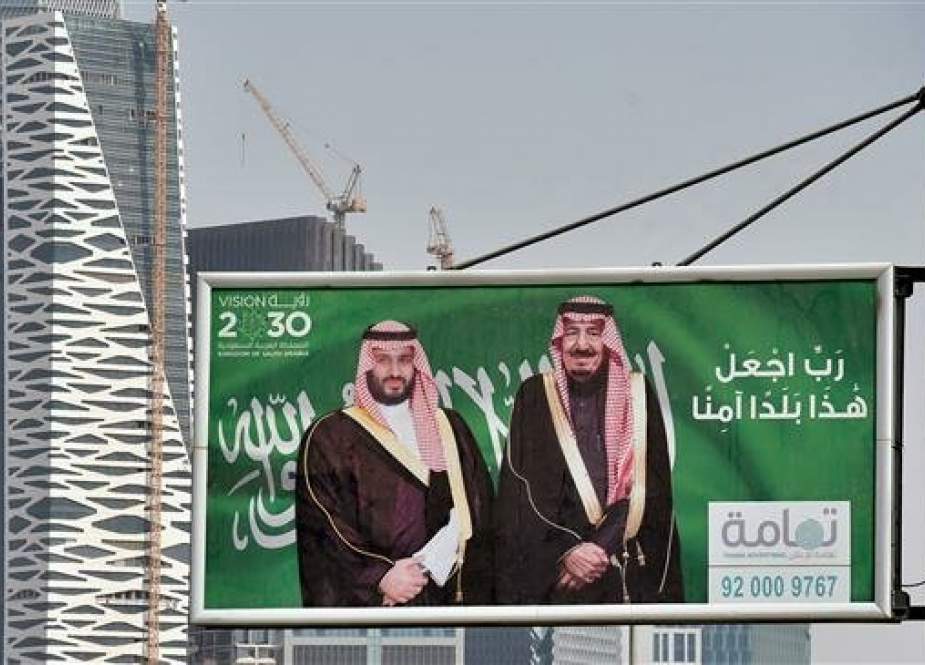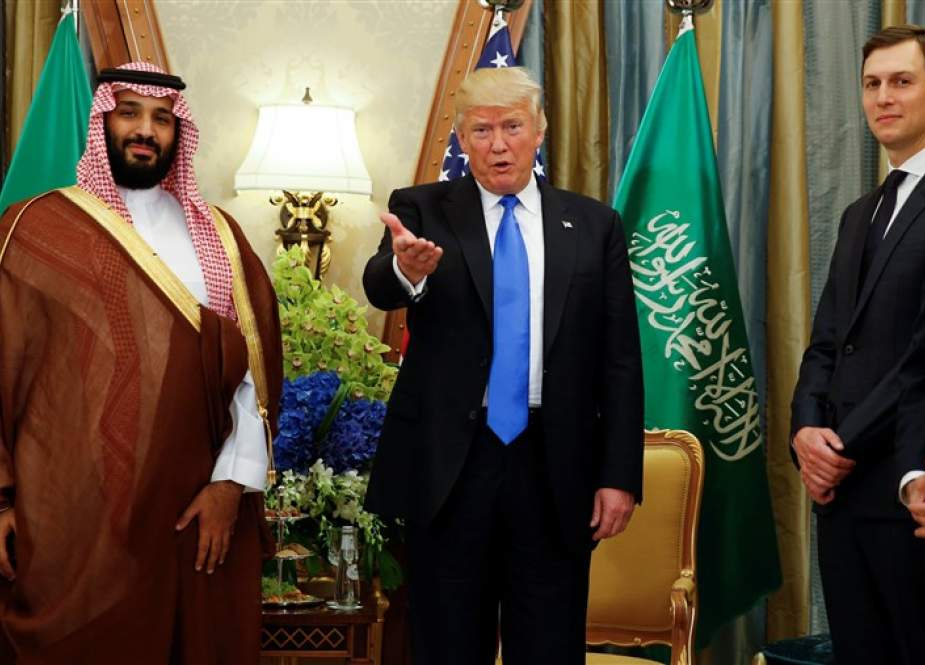Lebanon lawmakers debate emergency imposed after blast
Issued on: 13/08/2020 -
RESISTANCE GAMES--TEARGAS TENNIS

Protests have rocked central Beirut on successive nights leading to scuffles with security forces who have fired tear gas and rubber bullets to disperse the crowds.
Prime Minister Hassan Diab's government stepped down on Monday after several ministers said they would quit over the explosion.
Around 10 of parliament's 128 lawmakers have also handed in their resignations.
Thursday's parliament session comes as French Defence Minister Florence Parly is due to arrive in Lebanon for a two-day visit.
David Hale, the top career diplomat at the US State Department, was also expected in Beirut on Thursday.

Lebanese lawmakers are debating a state of emergency imposed by the government following last week's deadly explosion in the capital that critics say will allow it to snuff out renewed protests
PATRICK BAZ AFP
Beirut (AFP)
Lebanon's parliament convened Thursday to approve a two-week state of emergency in Beirut declared by the government following a deadly explosion that has reignited angry street protests.
If endorsed, the state of emergency law will give the military exceptional powers to snuff out renewed protests demanding the overthrow of a political elite widely held responsible for the devastating blast, human rights groups said.
Calls had circulated on social media networks for protesters to gather near parliament to prevent lawmakers from joining the session.

"We are taking to the streets to stop the criminals from meeting," said one post on social media networks.
"You have destroyed us! Leave!" said another.
The government had already declared a two-week state of emergency on August 5, the day after the explosion that killed 171 people and ravaged the heart of the capital.
But as the measure lasts more than eight days, Lebanese law requires that it be approved by parliament, according to human rights watchdog The Legal Agenda.
The state of emergency allows the army to close down assembly points and prohibit gatherings deemed threats to national security, and expands the jurisdiction of military courts over civilians.
The army can also raid homes at any time and impose house arrest on anyone engaged in activities considered to threaten security, the watchdog said.
This would give authorities legal cover to crack down on a protest movement that first emerged in October last year demanding deep-seated political reform.
There has been widespread anger against authorities who allowed a large shipment of ammonium nitrate fertiliser to rot for years in a warehouse at the port despite repeated warnings.
Beirut (AFP)
Lebanon's parliament convened Thursday to approve a two-week state of emergency in Beirut declared by the government following a deadly explosion that has reignited angry street protests.
If endorsed, the state of emergency law will give the military exceptional powers to snuff out renewed protests demanding the overthrow of a political elite widely held responsible for the devastating blast, human rights groups said.
Calls had circulated on social media networks for protesters to gather near parliament to prevent lawmakers from joining the session.

"We are taking to the streets to stop the criminals from meeting," said one post on social media networks.
"You have destroyed us! Leave!" said another.
The government had already declared a two-week state of emergency on August 5, the day after the explosion that killed 171 people and ravaged the heart of the capital.
But as the measure lasts more than eight days, Lebanese law requires that it be approved by parliament, according to human rights watchdog The Legal Agenda.
The state of emergency allows the army to close down assembly points and prohibit gatherings deemed threats to national security, and expands the jurisdiction of military courts over civilians.
The army can also raid homes at any time and impose house arrest on anyone engaged in activities considered to threaten security, the watchdog said.
This would give authorities legal cover to crack down on a protest movement that first emerged in October last year demanding deep-seated political reform.
There has been widespread anger against authorities who allowed a large shipment of ammonium nitrate fertiliser to rot for years in a warehouse at the port despite repeated warnings.
Protests have rocked central Beirut on successive nights leading to scuffles with security forces who have fired tear gas and rubber bullets to disperse the crowds.
Prime Minister Hassan Diab's government stepped down on Monday after several ministers said they would quit over the explosion.
Around 10 of parliament's 128 lawmakers have also handed in their resignations.
Thursday's parliament session comes as French Defence Minister Florence Parly is due to arrive in Lebanon for a two-day visit.
David Hale, the top career diplomat at the US State Department, was also expected in Beirut on Thursday.






/cdn.vox-cdn.com/uploads/chorus_image/image/67169773/1175723926.jpg.0.jpg)
:no_upscale()/cdn.vox-cdn.com/uploads/chorus_asset/file/21702138/Screen_Shot_2020_07_06_at_5.19.33_PM.png)


/cdn.vox-cdn.com/uploads/chorus_image/image/67184923/997077988.jpg.0.jpg)

